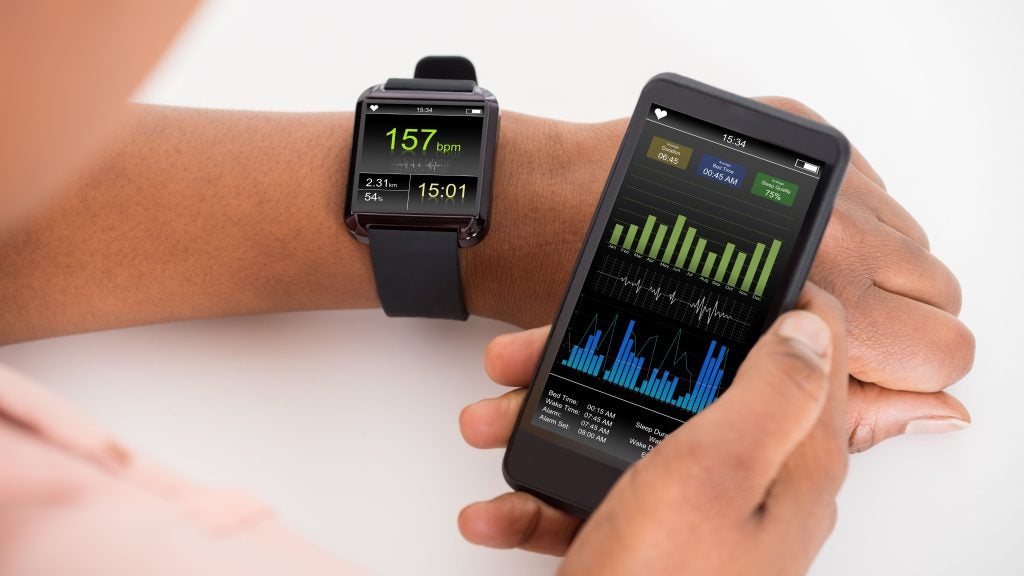
From one year to the next, the rate of change in how clinical organizations do their work doesn’t feel significant at all. If you think about the clinical trials we execute, many go on for multiple years and end with the same underlying processes they start with. But, if you step back and look over the past 15 years, there have been some key events that have and will continue to catalyze change. The three most impactful change drivers to date have been:
- Adoption of Electronic Data Capture (EDC)
- Movement to a cloud-based environment for clinical data
- Implementation of risk-based monitoring methodologies
While would agree there’s nothing new or earth shattering here, it’s the convergence of these enabling capabilities, the work we do, and how we organize ourselves that will need to change.

The EDC Approach
EDC is over a decade old and integral to clinical trial business models. There has certainly been improvements in the tools available, consolidation in EDC providers and an increase in its utilization as a result of internet connectivity across clinical trial sites. It has driven an impetus to leverage data collection and reporting standards, obviated the focus on basic data entry corrections, and channeled the focus on edit checks and complex functions to identify entry errors at the time of collection at the site.
EDC has also ushered in the ability to accelerate the availability of clinical data and taken away the need to regionally distribute resources (closer to the sites) to collect and query on data. The ability to push out amendments to protocols and collect broad pools of data that can be analyzed is greatly enhanced.
The Emergence of Cloud-Based Solutions
The movement to a cloud-based environment for the collection of data could be viewed as an element of EDC but that is just the tip of the iceberg. In a clinical trial today, no more than a half of relevant study data comes from EDC; rather we rely on a broad pool of data sources including labs, images and patient reported outcomes to complete our dataset.
How well do you really know your competitors?
Access the most comprehensive Company Profiles on the market, powered by GlobalData. Save hours of research. Gain competitive edge.

Thank you!
Your download email will arrive shortly
Not ready to buy yet? Download a free sample
We are confident about the unique quality of our Company Profiles. However, we want you to make the most beneficial decision for your business, so we offer a free sample that you can download by submitting the below form
By GlobalDataSome of this patient data comes directly from monitors and smartphones, and that alone offers a glimpse of a day not so faraway where digital endpoints are captured directly from patients. There are many papers out there that discuss the opportunities of the cloud in the clinical space so I will refrain from being redundant.
However, the key benefit from a clinical operations perspective is that the ability to access and move data is akin to an a la carte menu where the study’s requirements drive the capabilities that are purchased. The portability of the data also enables a variety of operating modalities, which I will expand upon later.
Risk-based Monitoring: Tried and Trusted
Risk-based monitoring (RBM) started out as an effort to focus on what matters at the site when our CRAs conducted their regularly scheduled monitoring visits. Although the approach has never wavered from its original intent, the methodology expanded to incorporate an up-front assessment of risk, established key risk indicators at the site level to drive interventions, and is now looking at the concept of quality tolerance limits.
Historically, operational data and clinical data management processes have been managed in isolation, but with RBM, that distinction no longer exists. Site performance data and site data quality go hand-in-hand and the analytical skill sets to proactively identify issues will become paramount. The proactive assessment of risk and tolerance limits will drive earlier collaboration amongst statistical, medical and operational colleagues.
Individually, these three change drivers would follow a linear path where processes would be refined, tools would become faster and user friendly and the amount of data available would continue to grow. However, if you bring these together, there are two opportunities that clinical operations leaders must seriously consider.

Two Key Factors for Clin Op Leaders to Consider
The portability of clinical data creates huge flexibility by enabling multiple operational models, leveraging various organizational constructs. In the past, captive internal systems, at either the sponsor or clinical service provider, required the sponsor to commit to a specific operational model. Over the life of the study (or program), any change to the model required careful consideration on how the clinical and operational data would be managed.
As the data and systems become more portable, the ability to use varied operational models becomes far more viable; sponsors can variabilize discrete activities and retain capabilities that play to their strengths. Potentially, a sponsor could have a model that has full outsourcing, functional sourcing and internally run studies, and still be able to visualize a consolidated portfolio. Acquisitions, co-development arrangements and divestitures are also helpful use cases where portability enables ease of transition and facilitates many options.
The blurring of organizational boundaries is already upon us. Separation of data management from clinical operations is no longer an appropriate demarcation. The ability to centrally monitor and review site and patient level data is critical to ensuring quality, as well as driving the right interventions down to the site level. Tools and methodologies, jumpstarted by RBM, are getting there to identify where there are issues so that we can channel our limited CRA resources to facilitate the intervention and improve outcomes at the site.
However, with statistical and visualization capabilities, trial managers, medical and statistical team members will all be exposed to a rich set of data that will challenge historical norms on who sees what and when. Entire teams will need to become savvier on leveraging analytics and appropriately interpreting that data.
Rehbar Tayyabkhan
Vice President Global Data Strategies and Solutions







